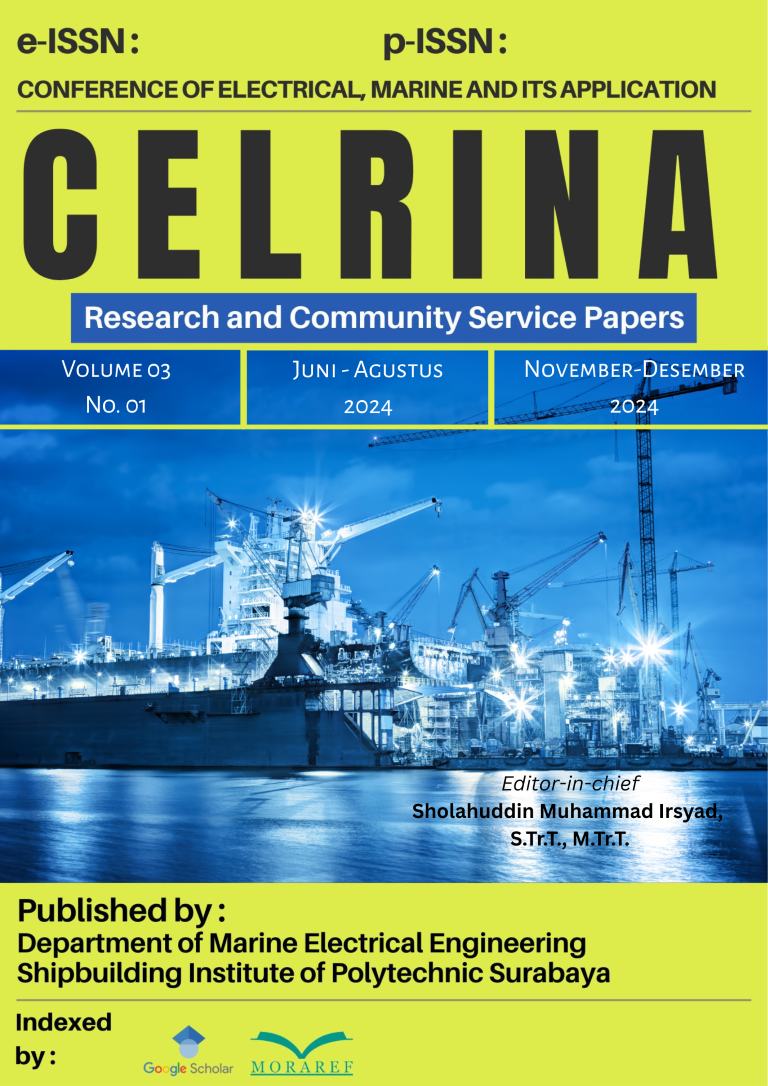Differential Optimization Control for MG-16B DC Motor with LQR and LQT Circuits
Keywords:
DC Motor, Noise, optimization, LQR, LQTAbstract
DC motors are an electronic component that is very often found in various daily applications. Basically, DC motors have a tendency to experience changes in speed when exposed to load, so the speed will not tend to remain constant. So that the speed of a DC motor remains stable when the load changes, a special controller is needed. One of the control methods used to improve DC motor performance is through the use of LQR (Linear Quadratic Regulator) and LQT (Linear Quadratic Tracker). LQR aims to bring the motor response closer to the desired setpoint value, as well as reducing overshoot and undershoot symptoms that can occur in the system. On the other hand, LQT is a linear control method that allows the system output to follow the desired setpoint value. The LQR method ensures that the motor response reaches setpoint without any overshoot or undershoot. Without implementing the LQR method, the motor response will be far from the desired setpoint value and it will take longer to achieve the desired motor response. By using the LQT method, the motor response is faster, in only about 0.5 seconds, but there may be slight fluctuations (ripples) in the response. Therefore, in controlling the MG-16B type DC motor, the LQT method is preferred over the LQR method because it is able to provide a faster response to reach the setpoint value.




